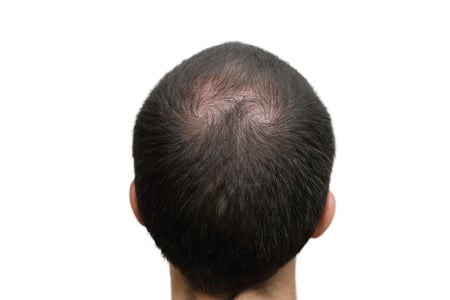
Hair loss can be devasting. Luckily, there are great surgical and non-surgical options for hair restoration today. Popular non-surgical methods included medication, such as Propecia & Minoxydil, low-laser light therapy, supplements like Biotin. These all work great for patients in the thinning phase of hair loss. For patients already experiencing baldness, where hair follicles have gone dormant, the only option for restoring fullness would be hair transplant surgery, often in conjunction with medication and other non-surgical therapies.
Fortunately, hair transplant surgery is incredibly successful and the results are completely natural. But just like any other surgical procedure, there is risk involved. Here is some important information on hair transplant surgery safety.
The most important decision to make when striving for hair transplant surgery safety is your choice in surgeon. Do your research and see a credentialed facial plastic surgeon or plastic surgeon with years of experience performing hair transplant surgery. This is especially important if receiving the strip method, where a strip of scalp is removed from the back of the head to extract the grafts from. You want to ensure you have a surgeon who will close the incision on the back of the scalp to ensure that scarring is minimal and healing goes as planned.
Certain medications will help reduce risk as well, such as getting an infection. Dr. Scott Thompson, hair transplant surgery specialist in Utah, prescribes a 5-day dose of antibiotics with the first dose taken 1 hour prior to surgery. A steroid is given to help with swelling as well as pain medication for discomfort.
Applying pressure to the back of the head where grafts have been extracted will help control bleeding. At Utah Facial Plastics, whether the strip method is used or FUE with NeoGraft, a pressure bandage is applied to the back of the head for 24 hours to help with bleeding.
Icing your forehead for the first 48 hours after surgery will help with pain and swelling on the top of the head where the grafts are transplanted. Sleeping with your head elevated for the first few nights will help as well.
Hair transplant surgery safety is incredibly important and can typically be expected with an experienced hair transplant surgeon. For more information on hair transplant surgery, visit our hair restoration page or call (801)776-2220.
